Over the coming years, nanotechnology will invade our everyday lives. Nanotechnology, usually defined as the control and manipulation of matter at the nanoscale, will be incorporated in anything from windshields to cancer drugs, and from sun lotion to batteries. But what exactly is this technology that encroaches upon our daily activities?
One strategy of explaining nanotechnology is by referring to scale. For instance, it is said that the dot of this ‘i’ encompasses a million nanoparticles or that a human hair is 80.000 nanometers wide. Surely this sounds impressive, but what exactly does it mean? Would it make any difference to my non-technical mind if a human hair would be 800 nanometers wide? Or 8.000.000 nanometers? How do you imagine a technology that is defined by its size, when that size is too small to imagine?
Another well-known strategy is to create images. Perhaps unsurprisingly, then, images of nanotechnology abound. Journals showcase nanotechnology images on their covers, magazines have created ‘galleries’ with the latest nanotechnology pictures, and scientific societies have organized ‘best picture’ contests. The winner gets a prize and is sure to receive lots of exposure.
Whoever expects this fancy technology to be portrayed with images of steam, steel and machinery is sure to be disappointed. Instead, nano-image competitions are frequently won by images of landscapes, animals and particularly flowers. Rather than stressing the technological achievement of controlling matter at the nano-scale, nanotechnology is portrayed in terms of nature.
Surely random materials at the nano-scale do not look like roses, pine trees and Chinese landscapes. By selecting those images that refer to nature, nanotechnology is presented as something safe. Nanotechnology, so the message goes, is as readily under our control as animals and trees. Nanotechnology is domesticated.
A selection of winners of the ‘science as art’ competition by the Materials Research Society.
Picture 1. ‘Self-illuminating flowers of Pandora’ made by Jian Shi of the University of Wisconsin. First place winner in the 2010 spring competition.
Picture 2. ‘ZnO Nanowire Arrays’ made by Surawut Chuangchote of Kyoto University. First place winner in the 2010 spring competition.
Picture 3. ‘Micro sea’ made by Sung H. Kang of Harvard University. Second place winner in the 2010 spring competition. The accompanying text notes that “the image brings to mind to eggs of fish on marine plants in a sea”.
Picture 4. ‘Landscape painting in microscope’ made by Jianping Ge of the University of California-Riverside. Second place winner in the 2008 fall competition.
Picture 5. ‘Two pine trees’ made by Matthew J. Bierman of the University of Wisconsin-Madison. Second place winner in the 2008 fall competition.
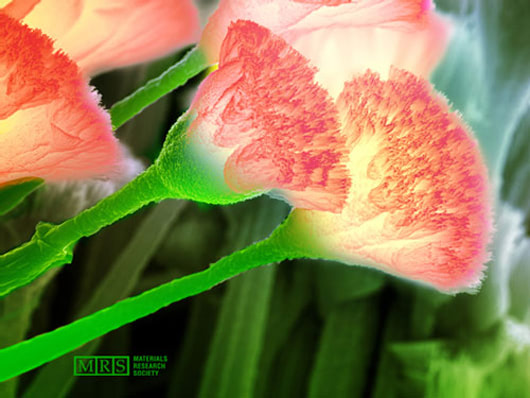
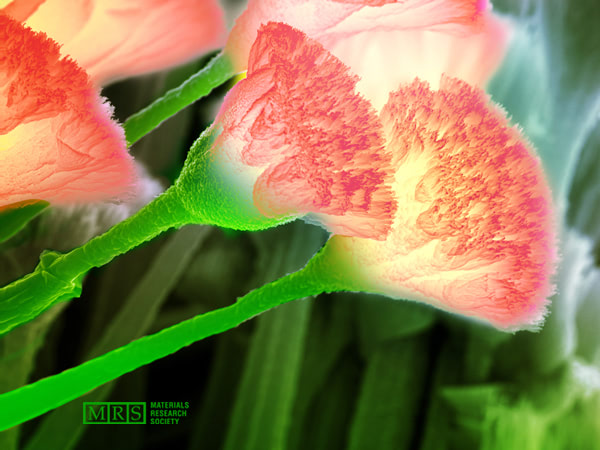
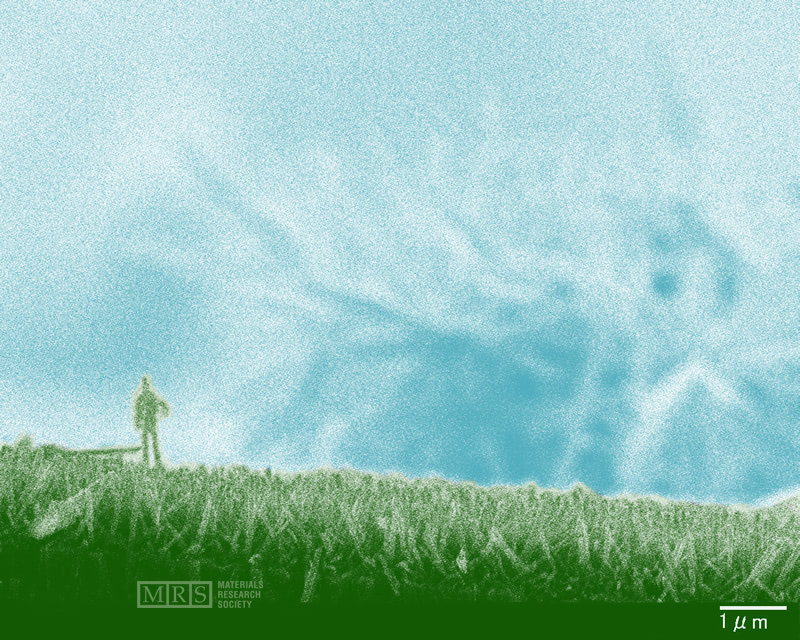
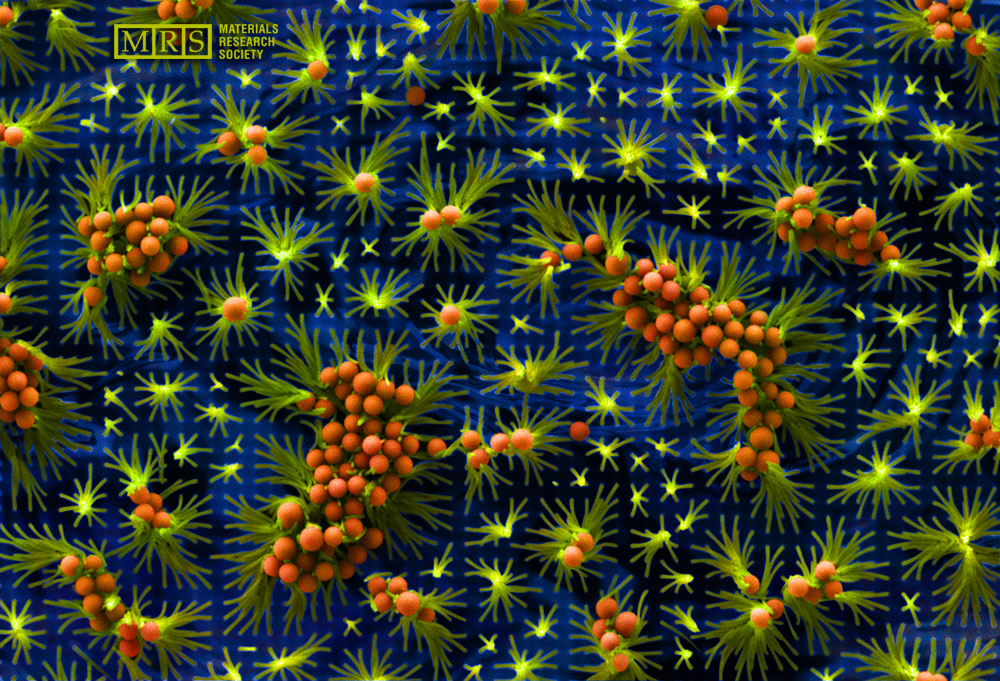
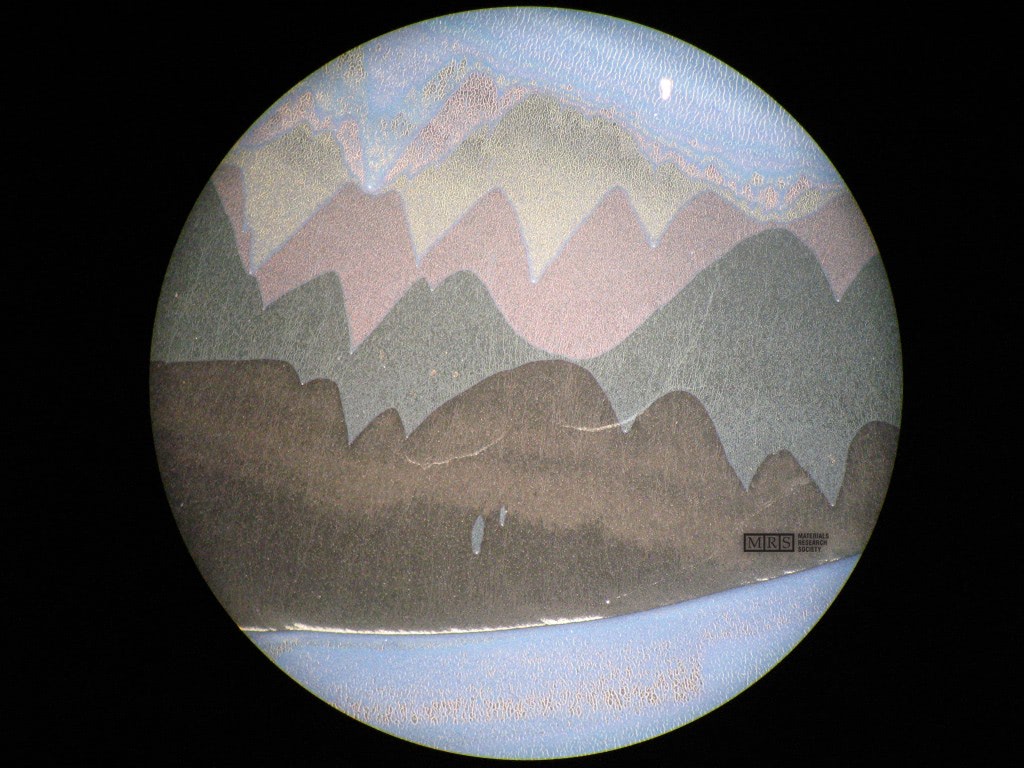
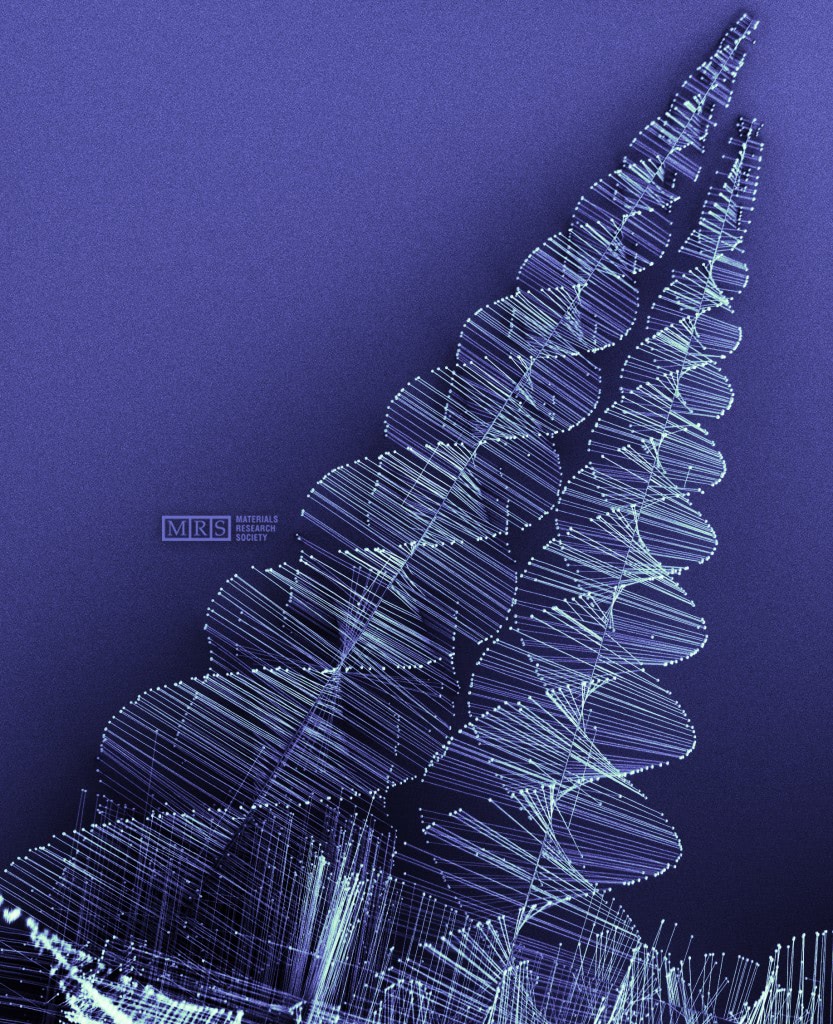
Share your thoughts and join the technology debate!
Be the first to comment